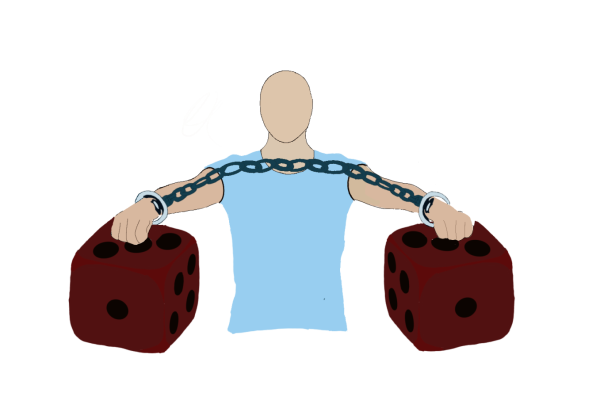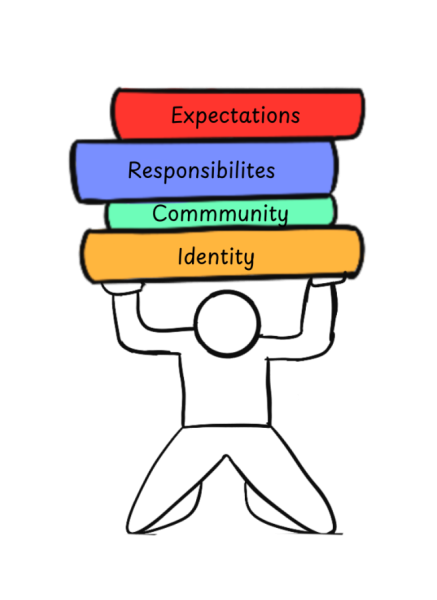The Impatient Patient: Video game addiction more than a virtual reality
Video game addiction now has a place on the World Health Organization’s International Classification of Diseases draft for 2018. For now, it falls under the very general umbrella term of behavioral and drug disorders that stem from addiction.
For a long time, there has been debate on video games, such as, does it invoke violent behavior in those playing? And with its new introduction on WHO’s International Classification of Diseases, further debate arises.
Not only is there debate on the validity of this addiction, but Higher Education Video Game Alliance, a group that advocates for video games in academic settings, opposes this addition, stating a “clear lack of consensus” between doctors and scientists. The group also addressed the potential stigma that might follow in their statement.
I definitely see where this apprehension is coming from — video games are one of those things that are not only so common in daily life, but also seemingly harmless. Some play video games at sleepovers, others as an outlet for negative emotions. We throw around the word “addicted” carelessly and forget the actual gravity attached to it.
Those affected with video game addiction, according to WHO’s guidelines, possess no control on how often they play — WHO cites a general timeline of a year or more for concerns to be raised. Gaming addiction affects critical areas in an individual’s life — from work to school to relationships. And, as a matter of fact, people have died as a result of video games.
Take Lee Seung Seop, who played video games for more than 50 hours, consumed little food and took one one bathroom break throughout, according to an article on BBC and. Shawn Woolley, according to a CBS news article, killed himself while his video game continued blaring across his computer screen. His mother believes the game contributed to his death, but Sony Online CEO says players need to take responsibility.
Seop was so entranced by the world of video games he neglected to attend to his basic needs. Woolley may have found solace in video games, only to become a victim of it. These individuals entered the gaming world and never left, and such a thing could happen to the 42 percent of Americans who play video games as well.
I do not know these men or their circumstances, but what I do know is that their deaths could have been prevented. Video game addiction is more than just a virtual reality — its poses real consequences, and now that is has been addressed, it needs to be taken seriously. For one to ignore it or even oppose its induction into WHO is highly insensitive.
It should not take another story on the news for one to accept the validity of gaming addiction. You may not understand it, but, at the very least, understand the serious consequences of it, the direness of it and how video game addiction’s official classification does only good, such as raising awareness and offering more widespread treatment and coverage.
Times are changing, and they always will be changing. Video games, their increasingly real virtual landscape, dialogue and addictiveness are all part of it.







